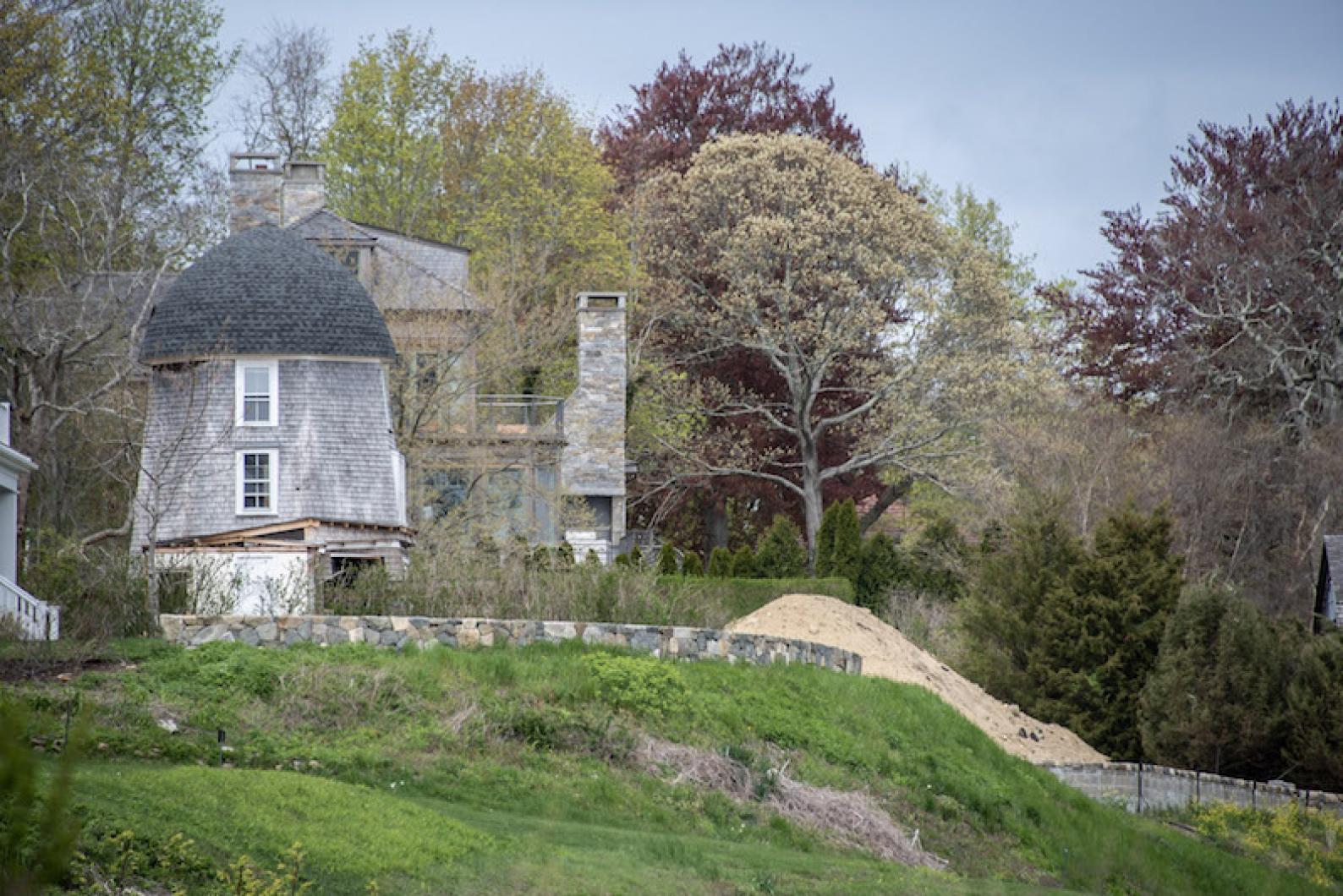The hammers and tongs are out, both literally and metaphorically. Yet another old house has been eliminated from the Island, which prides itself on its historic charm. The seemingly never ending argument between those who wish to build anew and those who wish to preserve has heated up again.
There is no resolution in sight. Even the definitions of what is historic and/or architecturally significant are subject to interpretation. On the one hand, a buyer has the right to do what he wants with his property. On the other hand, a community has the right to collectively determine its character and to legislate for the common good. Both Edgartown and Vineyard Haven have established guidelines and have created historic districts to preserve the character of its central core, but the administration of these districts can be problematic.
And here is the crux of the matter. If the owner/buyer feels himself/herself to be, or wants to be, a part of the community, there should be no conflict. The urge to belong should mitigate the urge to “do it my way. ” It seems so simple to say that if one wants a new house, he should find a plot of land and build what is desired. If that person likes old houses and feels the need to live among them, then certain other considerations must be made, chief of which is to observe what is the norm in terms of style and size, as well as condition. Vacant lots are hard to come by in an old community, where people regarded living close to neighbors as a good thing. They built fences that were short and easy to lean over to talk with one another. They had cottage gardens that were designed to please the passer by as well as the owner. In earlier times, houses from less populated areas of the Island were hauled up and bought into town to find a final resting place where life was easier and more social.
As time passed, and as the previous owners grew old and died, these places often fell into disrepair. A new group of buyers emerged who had been renters of the old houses, and who bought the most desirable of them and restored them to use as a vacation home. This process went on up until very recently, well within my memory. The Dr. Daniel Fisher house was once in danger of being demolished. Margaret Patch’s house at 148 Main street in Edgartown remained sad and forlorn for many years. Jethro Ripley’s house at the corner of School and Cooke streets, was purchased by an architectural historian and sensitively preserved, even unto its garden. The houses I am talking about are well on their way to being 200 years old. Next year will be the 200th birthday for the Jethro Ripley house.
But, of course, there is no simple answer to this impasse. People used to add bathrooms to the old houses, and were done with it. They were content with tiny closets and basic kitchens. They sometimes made fewer bedrooms, as so many of the older houses had tiny rabbit warren like rooms. The basics were made tight with roofs that did not leak and windows with the old glass were reglazed. Electricity was added, and later upgraded.
I am old, which you can probably figure out from the elegiac nature of this piece. But perhaps younger people are looking for what we once had. Simplicity. My children live in much smaller houses than they grew up in. They see no need for more square footage. They like their neighborhoods and being close to their work. They search out the older houses. Mid-century modern is modern enough for them, while a late 19th century row house is old enough!
I can see this beginning to happen here. The house across the street from Jethro’s was very old. It was a touchstone to older residents and visitors alike. The date read 1680 over the front door. That date may not have been completely accurate, ( I am thinking 1720 or so), but it was genuinely old and had been moved to town from the Sengekontacket area in the 19th century. It had a small barn and a well in its charming yard. It was sold by the summer family who had kept it whole for many years and was purchased by someone who planned to “restore” it. What happened was not a restoration, but rather a wholesale destruction of the charm of its accumulated years. It sits there now for sale in a hot market and has sat there for over two years. On the outside, it is a reasonable approximation of the original, but it is not the old house. I think people have figured this out.




Comments (12)
Comments
Comment policy »